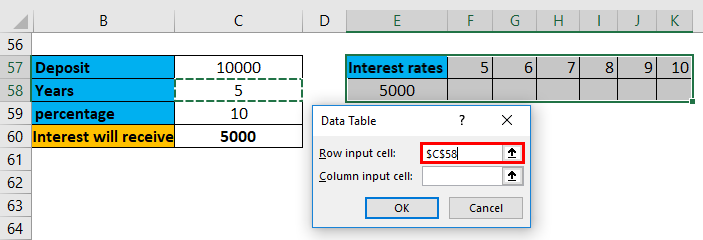

In that case, the Python variables partition and labels look like > partitionĪlso, for the sake of modularity, we will write Keras code and customized classes in separate files, so that your folder looks like folder/ in partition a list of validation IDsĬreate a dictionary called labels where for each ID of the dataset, the associated label is given by labelsįor example, let's say that our training set contains id-1, id-2 and id-3 with respective labels 0, 1 and 2, with a validation set containing id-4 with label 1.A good way to keep track of samples and their labels is to adopt the following framework:Ĭreate a dictionary called partition where you gather:

Let ID be the Python string that identifies a given sample of the dataset. Notationsīefore getting started, let's go through a few organizational tips that are particularly useful when dealing with large datasets. By the way, the following code is a good skeleton to use for your own project you can copy/paste the following pieces of code and fill the blanks accordingly.
Variable data creator generator#
In order to do so, let's dive into a step by step recipe that builds a data generator suited for this situation. Indeed, this task may cause issues as all of the training samples may not be able to fit in memory at the same time. This article is all about changing the line loading the entire dataset at once. X, y = np.load( 'some_training_set_with_labels.npy ') Tutorial Previous situationīefore reading this article, your Keras script probably looked like this: The framework used in this tutorial is the one provided by Python's high-level package Keras, which can be used on top of a GPU installation of either TensorFlow or Theano.
Variable data creator how to#
In this blog post, we are going to show you how to generate your dataset on multiple cores in real time and feed it right away to your deep learning model. That is the reason why we need to find other ways to do that task efficiently. We have to keep in mind that in some cases, even the most state-of-the-art configuration won't have enough memory space to process the data the way we used to do it. Have you ever had to load a dataset that was so memory consuming that you wished a magic trick could seamlessly take care of that? Large datasets are increasingly becoming part of our lives, as we are able to harness an ever-growing quantity of data. Fork Star python keras 2 fit_generator large dataset multiprocessingīy Afshine Amidi and Shervine Amidi Motivation


 0 kommentar(er)
0 kommentar(er)
